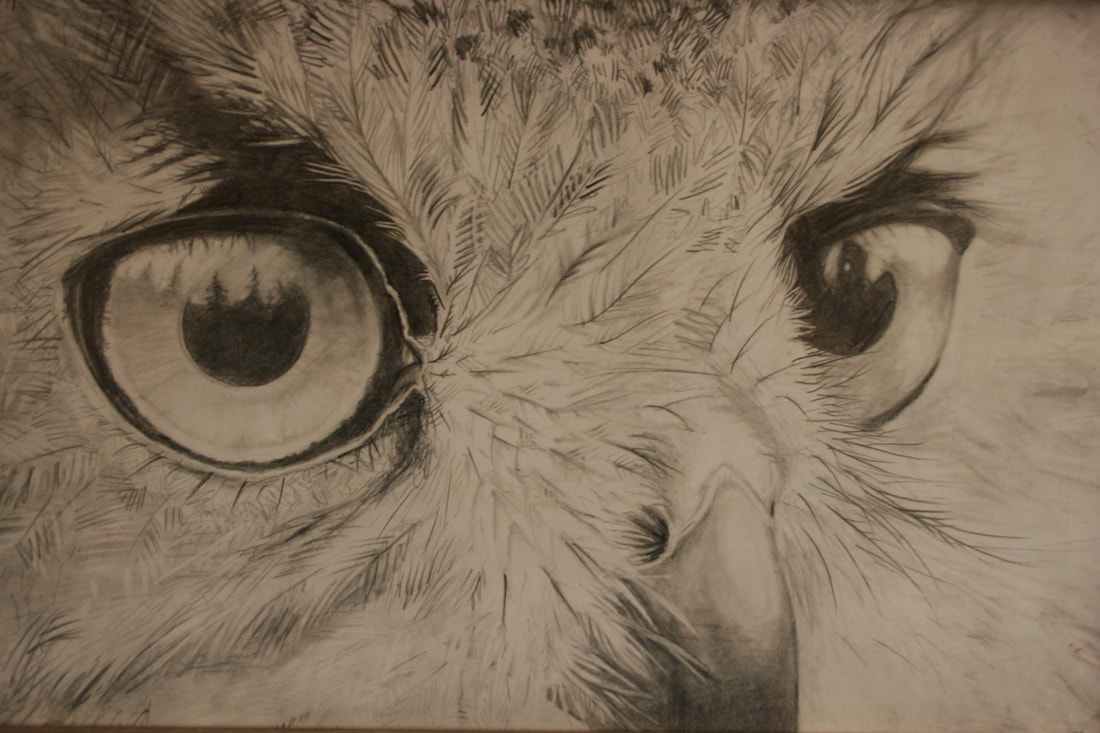|
By Janelle Eklund
We awoke to a crisp clear frosty morning in September on the Denali Hwy. Most of the photography class, brave enough to face the cold, donned their wooly clothes, left the comfort of the lodge, and headed for the tundra, instructor in tow. Tripods heavy with cameras balanced on shoulders. The sky overhead was blue, and as the sun rose above the horizon the spectacular reds and yellows of the tundra came alive. The kaleidoscope of leaves sparkled with the frozen breath of night. Dwarf birch leaves were stunned by the frigid cold. Sunlight poured through them highlighting the outline of their toothed edge. Capturing the beauty in the camera's eye before the sun melted it away was tricky. Arranging the tripod in the right position for composition, adjusting depth of field, shutter speed and focus was a bit challenging while keeping fingers warm. It all paid off for some stunning photos, and the fun and joy of experiencing the beauty of the tundra as it woke from the sleep of night. Dwarf birch is important browse for some animals and birds such as caribou, moose, and ptarmigan. Ptarmigan will eat the buds, catkins and twigs, while caribou and moose dine on the leaves, buds, and sprouts (US Forest Service web site). Salicin, the aspirin like compound, is present in the bark of dwarf birch. 'Medicinal Flora of Alaska Natives' by Ann Garibaldi says that on Nunivak Island the leaves "were boiled and drunk to relieve stomach and intestinal pain". In Tanaina Plantlore other traditional uses were to place the branches on the back for protecting the hunter’s clothes when packing meat. Branches were also used as a sort of 'clean table', laid on the ground while processing meat and fish. Dwarf birch likes to live amongst willows, blueberry bushes, and other low lying plants. In the fall they all work together in their final encore when they morph into brilliant autumn colors. The fire red landscape shimmers against the backdrop of a deep blue sky. Capture and keep it in a photo, a painting, your writer’s hand, or your mind's eye. May the beauty of the wild give you pause for contemplation. From my light to yours-
0 Comments
Leave a Reply. |
Who We AreWISEfriends are several writers connected with Wrangell Institute for Science and Environment, a nonprofit organization located in Alaska's Copper River Valley. Most of these articles originally appeared in our local newspaper, the Copper River Record. Archives
August 2021
Categories
All
|
|
WISE is a
501(c)3 nonprofit organization |
Contact Us |


 RSS Feed
RSS Feed
